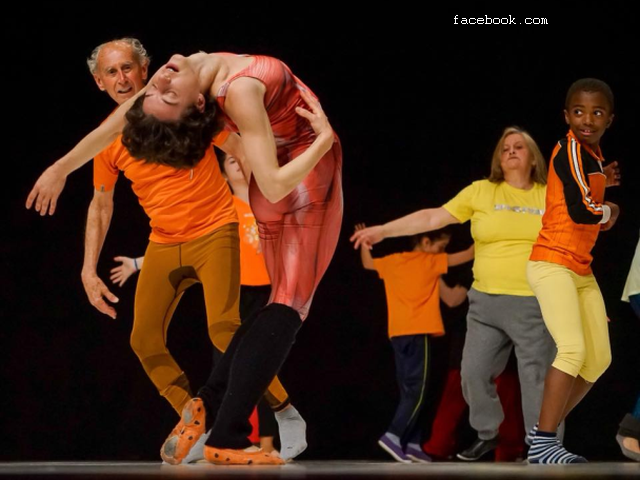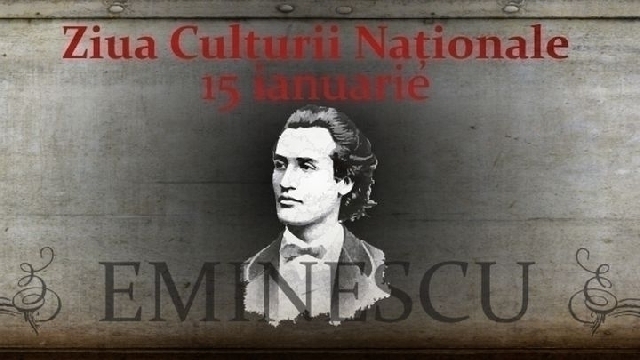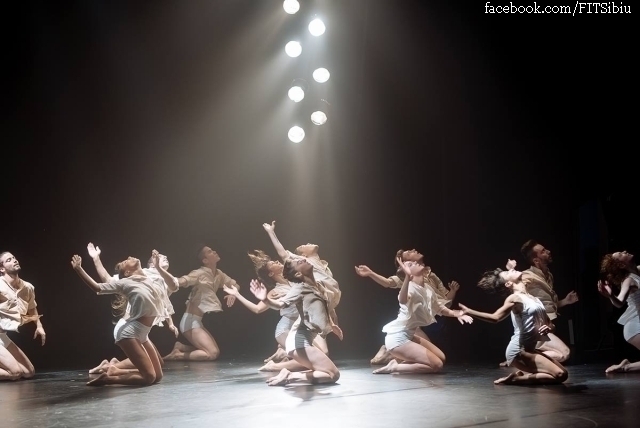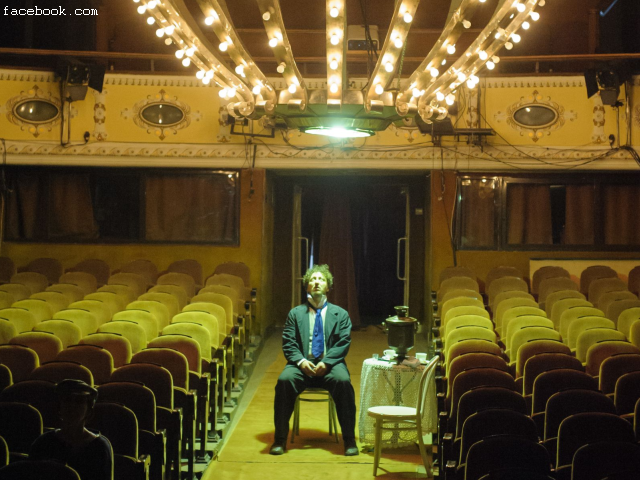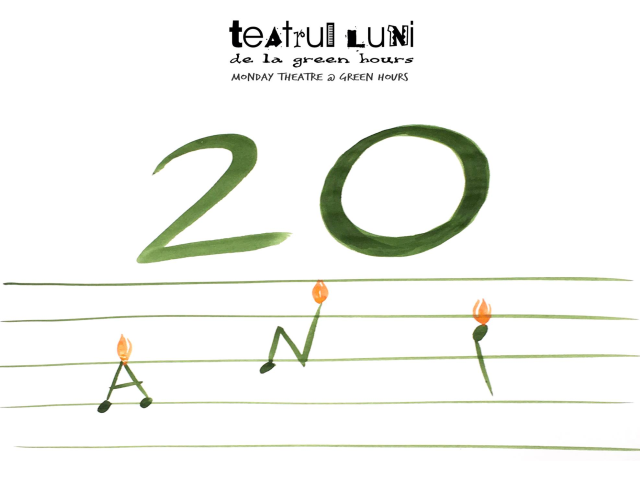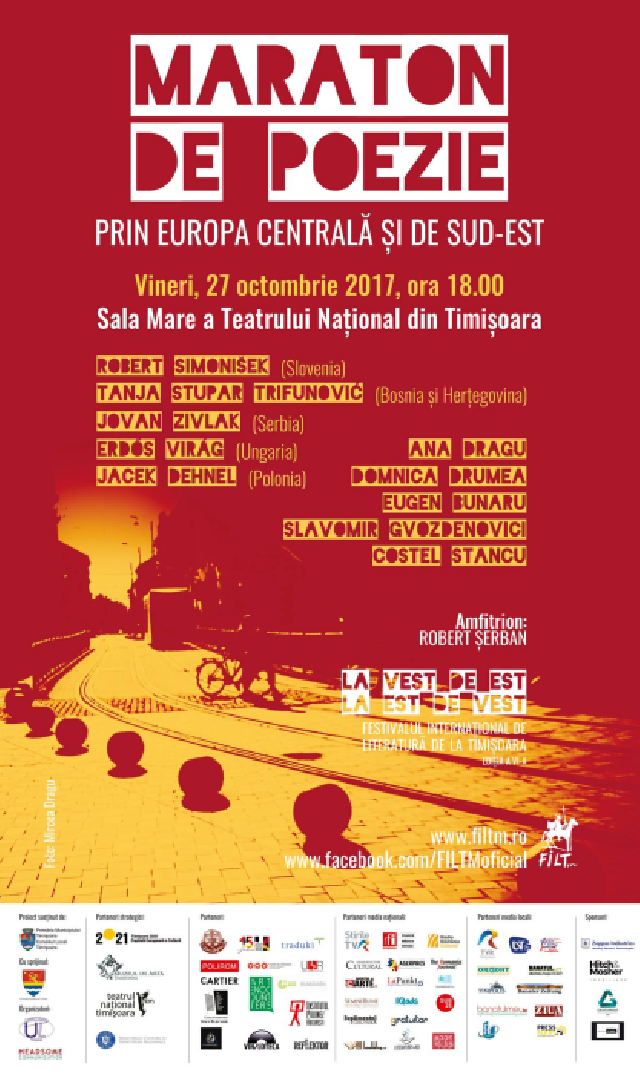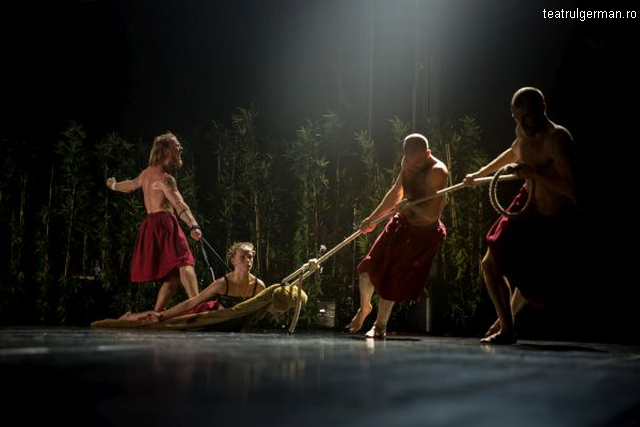The National Dance Centre Bucharest, the only public institution of culture subordinated to the Culture Ministry, which supports, develops and promotes contemporary dance and performing arts in Romania is preparing this year to move to a new location in 2019, more appropriate for its activity. Preparations for this action are accompanied by important projects, which we are going to discuss next.
The year 2017 ended for the National Dance Centre Bucharest with an Awards Gala, which has been held for the past 4 years and which celebrates excellence without making hierarchies. At the 4th edition of the Awards Gala, the Center’s team chose to pay homage to several personalities who, during the 20th century, set the foundation of the contemporary choreographic context in Romania. ‘The pioneers of Romanian dance proved a lot of courage, they broke dogmas and emancipated dance’ said Vava Stefanescu, the manager of the National Dance Center Bucharest. The winners of the 2017 Awards Gala of the National Dance Center Bucharest, designated following the research activity undertaken by the Centre’s specialist department, are choreographers and dancers Floria Capsali, Vera Proca-Ciortea, Iris Barbura, Lizica Codreanu, Paule Sybille, Stere Popescu, Gabriel Negri, Esther Maghiar and Trixy Checais.
These proposals were actually a preview of what will be happening this year and in 2019, as well as in the activity of the Centre, said manager Vava Stefanescu: “It was kind of a radical option for the National Dance Centre Bucharest because now at the Centre a stage has come to an end and another one is beginning. In 2019 we will move to a building that is more appropriate for the activity of the Centre. So far we have had a certain type of activity, that of promotion, we have had a certain tendency of making contemporary dance visible. From now on, we need a different vision, a different way of looking at things. I think we need an institutional change for the better or a different institutional attitude, given that we are going to move to a new location, in Omnia Hall, on Popisteanu street, in Bucharest. Whenever a stage comes to an end, one feels the need to take a look back at the previous stage, for the sake of comparison. Thanks to these people contemporary dance has a future in Romania. We considered it a must to pay homage to these personalities, whom we should not forget. We should look at their achievements and, in a way, try to experience their successes, courage, speeches, and why not their courage to break with tradition and go beyond limits. Therefore, the spirit of these artists is to be revived at our Dance Centre. You take a look back but you are actually looking at the future.”
The National Dance Center in Bucharest is at once producer, host, training and research entity, and also a mediator.
Here is Vava Stefanescu once again, this time giving details on the strategy by means of which she intends to bring about change in all the aforementioned levels: ”The center will move to new premises in the city center, and I think that 2018 and partially 2019 will be years of preparation, to be able to open the gates for the public in 2019 in the broader sense of the word, with a clear-cut message, with a clear-cut attitude. And that is very important. That is why I believe the first axis of this strategy is intensifying ideas, dialogue and public presentations. There are many projects, to be further multiplied, and if they are not multiplied, they are sure to be longer-lasting, for their impact to be bigger, or they will need a visibility effort and an amount of involvement from the public that will be much more important than what we have managed to achieve so far. We try to multiply stage performances proper, with co-productions, productions or performances that have been invited over, not only in Bucharest, but also elsewhere across the country. We have not managed to open branches or ‘antennas’ of the Bucharest National Dance Center in the other cities because the Justice Ministry told us such a decision would have to be endorsed by Parliament, which is so very interesting. But we ARE going to set up the loose ends we need and which our public countrywide needs. We all know choreographic culture cannot be clustered only in Bucharest.”
Part of the same strategy is the setting up of mini-seasons in a string of towns across the country. For starters, they will be staged in Craiova and Targu Mures. Then there will follow Iasi, Cluj, Timisoara, perhaps Constanta and Brasov.”
We wrap up with a view on contemporary dance in Romania, provided ‘from the Center’. The Manager of the Bucharest National Dance Center, choreographer Vava Stefanescu believes contemporary dance looks really good: ”It looks much better than 10 years ago. It seems to me that it succeeded to align itself, yet it has not succeeded to have a voice of its own, a voice it could compose for itself. In other words, artistic thought is in short supply of such thinking, there is a shortage of really new and bold ideas. It’s a fine thing that contemporary dance receives invitations from everywhere, there are many productions…many more than even four years ago. Festivals have even emerged, as well as theatres with a stage production record…That is very good! Yet they are part of the same unassuming esthetics. Daring or more problematic themes begin to lose steam, they’re beginning to be deprived of the attention of the public. The Bucharest National Dance Centre has been striving and fighting to offer broader frameworks where the public and the artists alike can feel they are being represented. Also, it is the artists’ mission to be authentic, to fight in order to assert their individual voice, their personal voice. I would be happy if they opted for exposing themselves more to the risk of not being applauded that much, but instead, be willing to stir questions, to stir debates through what they do. The Centre will never be able to achieve that on its own, but artists are in greater numbers. As for the public, its numbers are even greater. The driving slogan for our activity and the wars we shall fight in 2018 is the one by means of which we tell everybody ‘You are the context.’ You are the context, you do, you construct the context. I think it is very important that the people, the public and artists alike, empower themselves and be aware that they have a place and a volume around them, and things happen according to them. And that is true not only for the Bucharest National Dance Center. It should also happen in politics, in the economy, it should happen in social life as well.”
